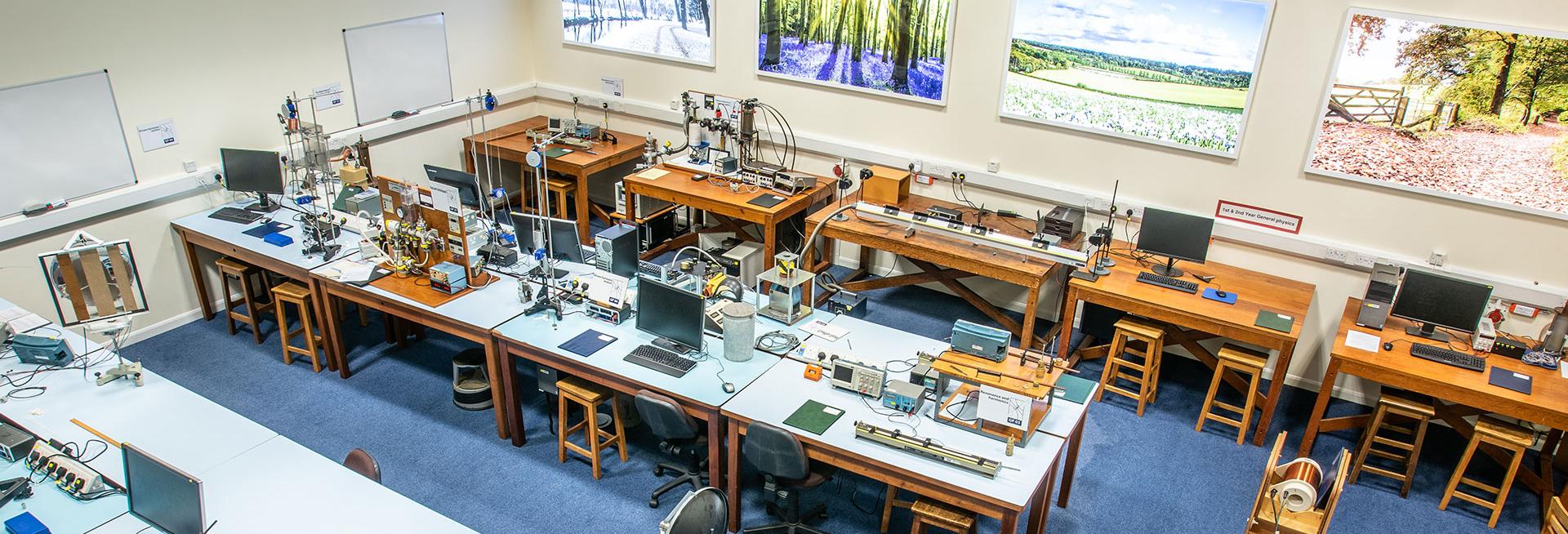What is the Physics Aptitude Test (PAT)?
The Department of Physics has used an admissions test in mathematics for many years. The current Physics Aptitude Test covers both mathematics and physics.
What is the syllabus for the test?
The PAT syllabus is available on our website. If there are parts of the syllabus which you think won't be covered at school by the time of the PAT, we expect you to work on them by yourself. Your teachers might be able to advise you.
How can I prepare for PAT?
Find information on preparing for the PAT on our website.
Are there any recommended text books?
Any text book aimed at GCSE and A-level would be appropriate. We particularly suggest attempting past Physics Olympiad papers as an excellent way to prepare.
Will I need calculators and formula sheets?
Formula sheets, tables, data books and physical calculators are not permitted. A digital calculator will be included as part of the online interface for the PAT from October 2023 onwards.
Do I need to show my working?
From October 2024, you will not be able to show your working as you will only be able to enter your final answers.
Are sample papers available?
An online sample test in the new multiple-choice format can be found on the Pearson webpage. Past papers are posted on our website as they become available, as are reports on each paper. Past papers and sample papers dated before May 2006 are based on an earlier syllabus and are not relevant to the current entrance test. Past papers provide general guidance on the likely level of difficulty of future papers - the format of past papers may be different. Please note that we do not provide sample answers or a mark scheme for these papers.
Are solutions available for the past papers?
Doing past papers is an excellent way to prepare yourself for the PAT test. However, it is not our policy to provide solutions for our past papers. There are a number of reasons for this. Firstly, it is the process of working through a problem, rather than working towards a solution that is most beneficial to a student. Secondly, there is often more than one way to solve a problem. Thirdly, if we provided the solutions for past papers then some students would rote learn all of the answers and taking the test would no longer assess their aptitude for physics. It is for these reasons that we also do not give out solutions to individual problems on request. This is in addition to it being unfair to the majority of students who do not ask for the solutions. We have however published sample solutions to the 2009 and 2010 papers and our Access team has created unofficial sample solutions for the 2019 paper; these can all be found here.
What is the pass mark for the test?
There is no pass mark as such for the test, but there is a threshold mark, below which it is unlikely that candidates will be placed on the interview short-list. This mark will not be determined until the results of the tests are available.

